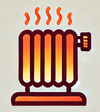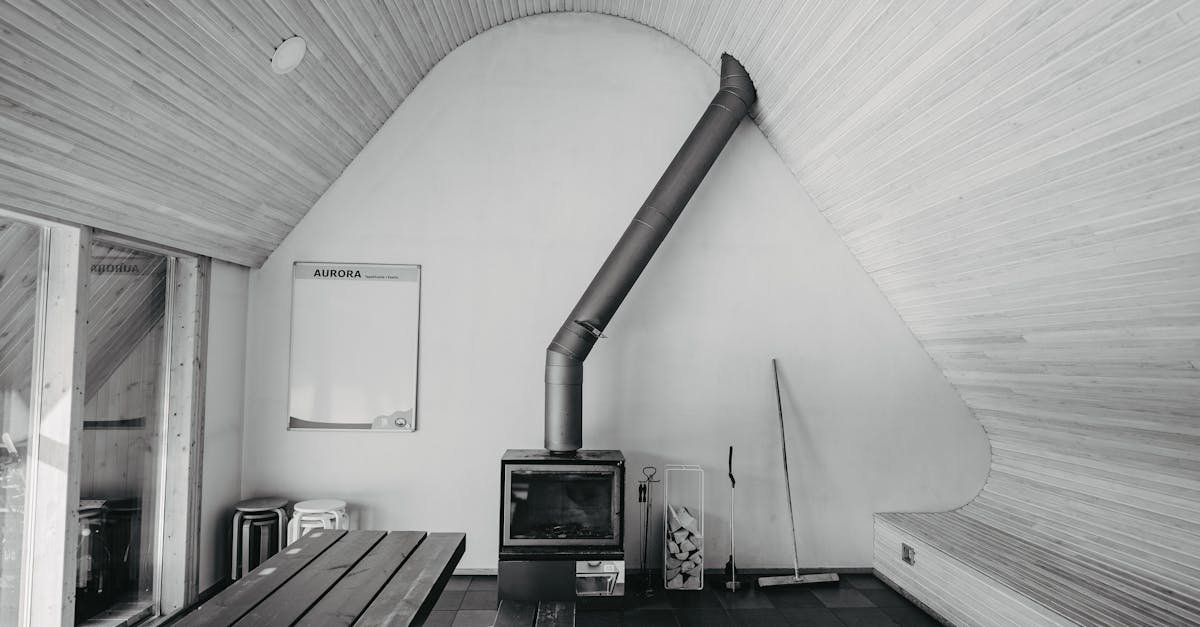Heater error codes are crucial indicators that help you diagnose problems with your heating system. When your heater displays an error code, it typically points to specific issues like ignition failures, overheating, or sensor malfunctions. Understanding these codes can save you time and money on repairs.
By decoding these signals, you can take appropriate action, whether it’s resetting the system or calling a technician. Ignoring these alerts could lead to more significant problems down the line. Stay informed and keep your home warm by learning how to interpret heater error codes effectively.
Understanding Heater Error Codes
Heater error codes serve as key tools for diagnosing heating system problems. Knowing these codes helps identify issues quickly. With accurate information, you can reduce downtime and avoid costly repairs.
Importance of Error Codes
Error codes pinpoint specific problems within your heating system. They cover a wide range of issues. Simple concerns include low battery power or incorrect settings. More complex problems might involve sensor failures or hardware malfunctions. By understanding these codes, you can take effective steps for repairs, often without needing extensive technical knowledge.
Common Heater Brands and Their Codes
Many heater brands use specific error codes. Familiarity with these codes aids in swift problem resolution.
Boiler Error Codes
Ideal Boilers include the following codes:
- F1: Low Water Pressure
- F2: Flame Loss
- F3: Fan Fault
- F4: Flow Thermistor
- F5: Return Thermistor
- F6: Outside Sensor Failure
- F7: Low Mains Voltage
- F9: Unconfigured PCB
Understanding these codes allows for quick identification of issues, making troubleshooting easier.
Decoding Common Heater Error Codes
Understanding heater error codes helps you diagnose issues quickly. Different types of heaters display unique codes that indicate specific problems. Here’s a look at common error codes for gas, electric, and heat pump heaters.
Gas Heater Error Codes
Gas heaters use fault codes to signal problems. Codes like F0, F1, and F2 appear in sequence, with F0 being the current issue. Common problems include fuel shortages, bad connections, and voltage issues.
Specific codes to know:
- F68: Indicates an unstable flame signal. This can be due to air in the gas line, low gas pressure, or incorrect air-to-fuel ratio.
- F71: Shows a flow NTC fault. This suggests there’s a problem with the flow temperature sensor.
Electric Heater Error Codes
Electric heaters also display error codes for effective troubleshooting.
Common codes include:
- E1: Signals over-temperature protection. This means the heater is too hot and needs immediate attention.
- E2: Indicates a sensor fault. A malfunctioning sensor may impact heating efficiency.
Heat Pump Error Codes
Heat pumps provide both heating and cooling. They display error codes to indicate operational issues.
Common codes to watch for:
- H1: Alerts to low refrigerant levels. This might mean a leak or inadequate supply.
- H2: Shows a defrost fault, which can occur if the defrost cycle is longer than expected.
Focusing to these error codes, you can diagnose and address heater issues effectively.
Troubleshooting Heater Error Codes
Troubleshooting heater error codes involves a clear process to identify and fix issues. Follow these steps to ensure proper operation of your heating system.
Step-by-Step Troubleshooting Process
- Check the Error Code: Start with the display on your heater or thermostat. Identify the specific error code.
- Consult the Manual: Use the user manual or an online resource to find out what your error code means. Each code signifies a different issue.
- Reset the System: If possible, turn off the heater for a few minutes. Restarting can clear minor issues and reset the error codes.
- Inspect Power Supply: Verify the power source. Ensure the system’s plugged in, and any circuit breakers are not tripped.
- Examine Filters: Check air filters for dirt and blockages. Clean or replace filters as needed to ensure proper airflow.
- Evaluate Thermostat Settings: Ensure the thermostat settings match your desired temperature. Incorrect settings can trigger error codes.
- Look for Visible Damage: Inspect the heater for any visible signs of wear or damage. Loose wires or cracks in components can cause problems.
- Document Findings: Keep notes of error codes and the steps taken. This information aids in diagnosing problems if professional help is needed.
When to Call a Professional
You’ll need to call a professional if:
- Multiple Errors Occur: If error codes appear frequently, it suggests a larger issue that requires expert evaluation.
- There’s a Persistent Problem: If resetting the heater doesn’t clear the error codes after several attempts.
- You Find Physical Damage: If you see burns, soot, or unusual noises, it’s safer to consult a technician.
- You’re Unsure: If you feel inexperienced handling electrical or gas components, professional help ensures safety and compliance.
Taking these steps ensures you effectively troubleshoot heater error codes, leading to better performance and safety.
Preventing Heater Error Codes
Preventing heater error codes involves regular checks and timely maintenance. Staying ahead of potential issues helps keep your heating system running smoothly.
Regular Maintenance Tips
- Schedule Inspections: Inspect your heater at least once a year. This helps identify any issues before they escalate.
- Clean Filters: Change or clean filters every 1 to 3 months. Dirty filters can restrict airflow and lead to overheating.
- Check Thermostat: Ensure your thermostat is calibrated correctly. An accurate thermostat prevents miscommunication between units.
- Inspect Wiring: Look for damaged or frayed wires. Secure connections help prevent communication errors.
- Examine External Components: Clear debris around outdoor units. Blocked airflow can cause sensors to fail.
- Unusual Noises: Listen for rattling or grinding sounds. These noises can indicate mechanical problems.
- Inconsistent Temperature: If you notice uneven heating, it points to sensor or control issues.
- Frequent Cycling: If the heater turns on and off rapidly, this might signal an overheating issue.
- Increased Energy Bills: A sudden spike in energy costs suggests inefficiencies or potential malfunctions.
- Error Code Displays: Pay attention to any error codes that appear. They offer clues about underlying problems.
Conclusion
Understanding heater error codes is crucial for maintaining a comfortable and efficient home. By recognizing these codes and knowing how to troubleshoot them, you can prevent minor issues from escalating into major repairs. Regular maintenance and attention to unusual signs will keep your heating system running smoothly.
Don’t hesitate to consult your manual or seek professional help when necessary. Being proactive not only saves you time and money but also ensures your home stays warm and safe during the colder months. Stay informed and take control of your heating system to enjoy a cozy environment year-round.








